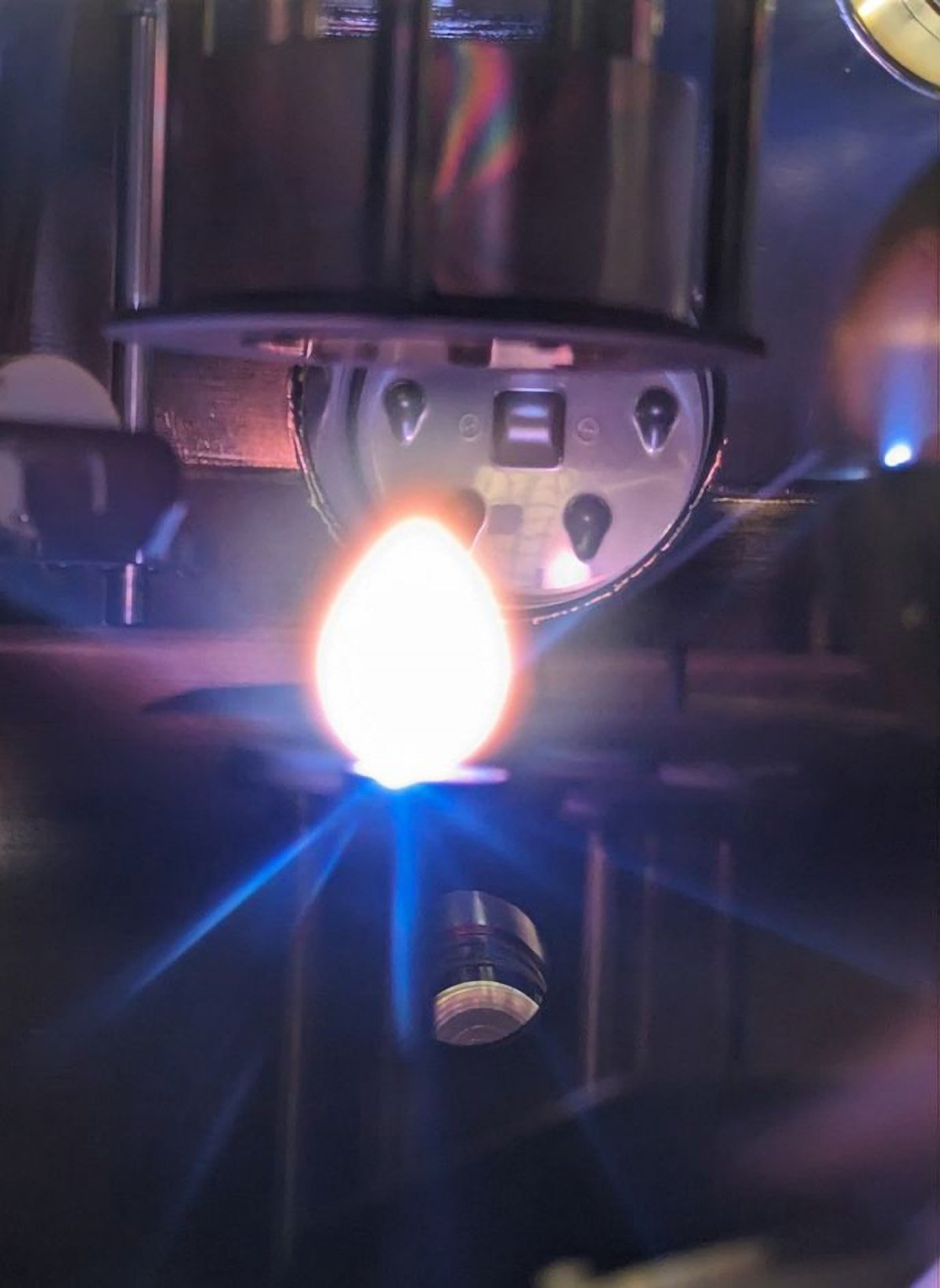Pulsed laser deposition, in which a laser beam ablates a material that is deposited as a film on a substrate, was used to fabricate the HTS wires. Credit: University at Buffalo
New research reveals that the large-scale, cost-effective implementation of high-temperature superconducting wire is increasingly feasible.
The future of our energy systems could be shaped by high-temperature superconducting (HTS) wires. These advanced materials, capable of transmitting electricity without resistance at higher temperatures than conventional superconductors, have the potential to transform the electric grid and make commercial nuclear fusion a reality.
Yet these large-scale applications won’t happen until HTS wires can be fabricated at a price-performance metric equal to that of the plain copper wire sold at your local hardware store.
New University at Buffalo-led research is moving us closer to that goal. In a study published in DOI: 10.1038/s41467-024-50838-4
The Office of Naval Research (ONR) supported this fundamental research toward development of superior HTS wires. Goyal is the principal investigator on the project.















.png)


.png)

Discussion about this post